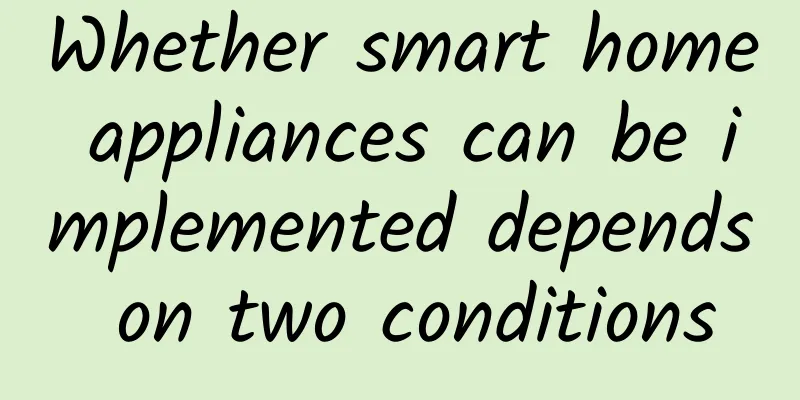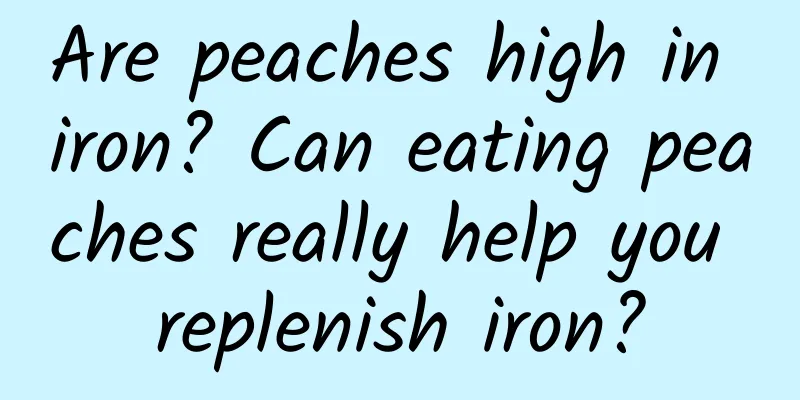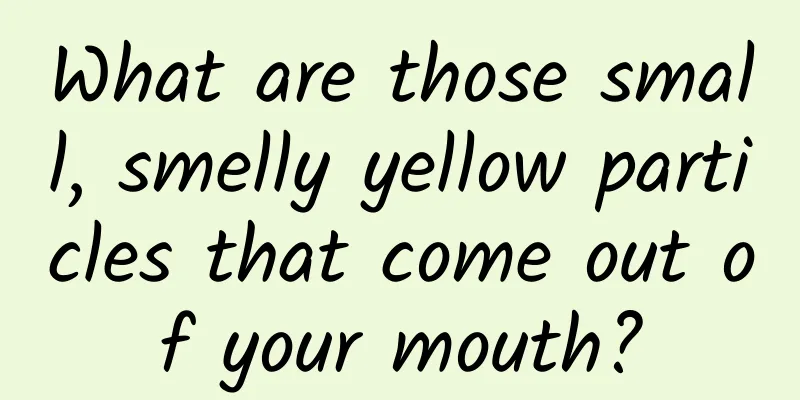What is it like to have a "SPA" in a cabin at -180℃?

|
Amid the anticipation of the people across the country, the countdown to the 2022 Beijing Winter Olympics has entered 30 days! As early as during the preparations for the Winter Olympics, we have already understood the key role that technology will play in the 2022 Winter Olympics. Smart Winter Olympics and technological Winter Olympics are not only reflected in infrastructure and services, but also in athlete training and recovery. In the process of athletes preparing for competition, black technology is indispensable in personalized physical training, injury prevention and rehabilitation, medical supervision and treatment, fatigue elimination and recovery, nutritional regulation and guarantee, etc. Among them is a "net-famous project" - cryogenic cold therapy. Image source: CCTV News Athletes often have to complete long-term, high-intensity training. Intense exercise will inevitably cause serious structural muscle damage to athletes, which will affect the muscle's contraction ability and thus affect subsequent competition results. This makes it particularly important to improve post-match recovery. Low temperature cold therapy has gradually been widely used due to its novelty and comfort. The use of cooling substances on the human body to reduce the local or whole body temperature, thereby achieving the purpose of curing diseases and strengthening physical fitness, this "cold therapy" has been used for a long time, but in-depth research on its physiological reactions and therapeutic effects did not begin until the early 20th century. Low temperature cold therapy was first used to treat some chronic diseases, such as multiple sclerosis and rheumatoid arthritis, and has been increasingly used in the field of sports medicine in recent years. With gradual development to the present, cryotherapy technology has become a common means of Olympic security, and is also an upgraded version of the "cold water bath", a common relief method used by athletes. During cryotherapy, athletes need to enter a semi-enclosed machine that releases cryogenic nitrogen and wear special shoes and gloves to prevent frostbite on the extremities. The temperature inside the machine will decrease over time. When the user just enters, the temperature is around -100°C, and then it will quickly drop to a minimum of -180°C. The entire treatment lasts 3 minutes. Although the temperature required for treatment is extremely low and the human body is exposed to cryogenic gas, the thermal conductivity of the gas is only a few tenths of that of 0°C water. Therefore, despite the low temperature, the actual amount of heat lost by the human body is not large, so the user will not get frostbite. In addition, when the user is undergoing cryotherapy, the body surface must be kept dry to avoid frostbite. How does hypothermia help athletes recover? High-intensity training and competition have a great impact on the athletes' immune system. Domestic and foreign studies have shown that long-term high-intensity special training or competition will have an adverse effect on the human immune function, which in turn will affect subsequent training results and competition results. For cryotherapy, users need to expose their bodies to temperatures between -110°C and -180°C. When the human body is exposed to an ultra-low temperature environment, many changes related to hematological indicators, immune and inflammatory responses, and antioxidant-pro-oxidant balance will occur. From a physiological point of view, the enzyme concentration detected in the serum under normal conditions is very low. High-intensity competition will increase the permeability of the muscle cell membrane and even cause varying degrees of damage to the muscle fibers. Some enzymes overflow from the muscle cells, resulting in increased serum enzyme activity. Among them, the most obvious change is the activity of serum creatine kinase. After high-intensity competition, the creatine kinase released from the muscle cells increases accordingly, which also indicates that the muscles have suffered sports damage. Generally, IgG, IgM, and IgA are the main indicators for evaluating the body's immune function. High-intensity exercise can significantly reduce the levels of these three indicators, seriously affecting the body's immune function. Immune cells will also synthesize cytokines together with some non-immune cells, and secrete some active substances that mediate and regulate immune responses. High-intensity exercise will affect cytokines, leading to increased immunosuppression. Low temperature can "activate" the body's immune function. The currently accepted explanation is related to the redistribution of blood in the body during the period of ultra-low temperature induction. After the athletes enter the ultra-low temperature treatment chamber, the surface temperature of their skin drops rapidly. After receiving the cold stimulation, the cold receptors in the skin quickly transmit strong signals to the brain. After receiving the low temperature danger signal, the brain sends instructions to the peripheral nerves, and the skin muscles and blood vessels contract to complete the distribution of blood to the main organs to maintain life. After the treatment, the athlete leaves the treatment cabin, the body surface temperature rises, the peripheral blood vessels dilate, and the blood returns to the periphery. This change in the blood vessels can help the body promote the internal circulation of nutrients to achieve post-match recovery. Research reports indicate that after 10-20 repetitions of ultra-low temperature cryotherapy, the activity of the human body's immunoglobulin will increase, the body's immune function will improve, and at the same time, the body's overall oxidative state and degree of inflammatory response will decrease. Other studies have also pointed out that cryotherapy can help athletes improve their body's antioxidant capacity. Image source: Xinjiang Guanghui Fans Club At the "Ice and Snow Project Science and Technology Support Achievement Exhibition" held in Beijing this summer, many of my country's domestic scientific and technological breakthroughs were exhibited, and the ultra-low temperature cryotherapy system was very popular at the exhibition. Exhibition of Science and Technology Achievements in Ice and Snow Projects - Exhibition Area of China's Ice and Snow Medical Security System During the Beijing Winter Olympics, major ice and snow training bases such as Erqi, Bashang, Shougang, and Qinhuangdao have been equipped with low-temperature cold therapy system equipment, providing strong support for the recovery and regeneration of the national ice and snow training team. Do you also want to try such an "Internet celebrity project"? In fact, in addition to cryotherapy, the Beijing 2022 Winter Olympics also embodies many high-tech achievements. Want to know more about the Winter Olympics? END Review expert: Sun Ke, Beijing Society of Sports Science. Tadpole Musical Notation original article/reprint please indicate the source Editor/Heart and Paper |
<<: How big is the Arecibo telescope, the former world's largest telescope?
>>: Learn some basic knowledge about safe use of gas to protect your family’s safety!
Recommend
The operation model of increasing 100,000 followers at 0 cost: budget ≠ resources
We are at a loss in the anxiety of zero budget, b...
LeTV Ren Champion: Smart TVs should provide precision marketing for home users
On September 22, at the "2017 China OTT Larg...
Jia Yang | How to make a beautiful Mars rover
"Outside Longlou Town, Zibei Dong is not a g...
Monetization activities: How to make users willingly pay for your products?
Below, let’s start with the premise of monetizati...
Keep brand marketing promotion model!
In recent years, I have found that vertical Inter...
What does the "HD" letter on the cell phone signal bar mean? It turns out it has such a big effect! Learn more after reading this
We use mobile phones every day, but many people m...
Why is user activation important? Share 3 points!
The essence of user activation is to quickly deli...
Several tips on user packaging: How to become famous on Douyin?
The author of this article takes Douyin as an exa...
What does China National Grain and Oils Corporation say in response to the ban on outsiders bringing mobile phones into grain depots?
On the evening of August 2, the China National Gr...
Experts among the people: Cortana ported to the Android platform
Microsoft's digital personal assistant Cortan...
Why are foldable phones so popular but so little effective?
Huawei's foldable phone is about to be launch...
Why do trains have lights on during the day? Here's some knowledge!
Want to know When you are catching the car What i...
The difference between mobile Internet App marketing and traditional marketing
The content of the communication is different fro...
Kuku said that money created a Douyin account and on the 4th day, a project that everyone can copy was exposed
Kuku said that money had set up a Douyin account ...
Ideal Auto official: It will take only 47 months for Ideal Auto's 500,000th mass-produced car to roll off the assembly line in September 2023
According to Li Auto, Li Auto's 500,000th mas...









